By Amanda Rose Newton
Florida’s yards can be more than lawns—they can be living habitats. In Central Florida, wildflower meadows are one of the simplest, most rewarding ways to boost biodiversity while adding color and movement to your landscape. Whether you have a small sunny patch or a sprawling acre, planting for pollinators and wildlife turns you into a Garden Habitat Hero.

Why Wildflower Meadows Matter
Wildflower meadows provide nectar, pollen, and seed resources for pollinators, birds, and beneficial insects throughout the year. In Florida’s subtropical climate, you can design a meadow that blooms in succession across seasons, feeding everything from bees and butterflies to songbirds and predatory insects that help keep pests in check. Unlike a traditional lawn, a well-planned meadow requires less mowing, fertilizer, and irrigation—making it better for the environment and your wallet.
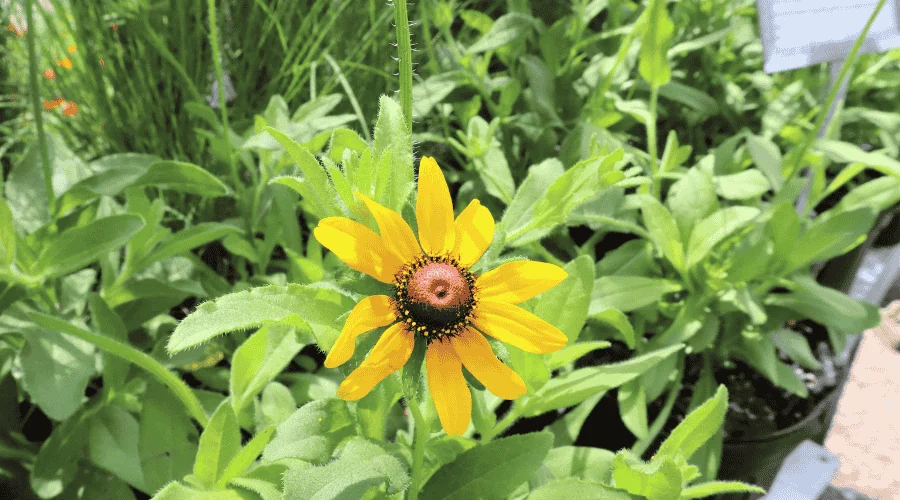
Choosing the Right Site
In Central Florida, full to partial sun and well-drained soil work best. Look for an area you can set aside from frequent mowing or foot traffic. Even a 10′ × 10′ corner or a wide roadside swath can support a thriving mini-meadow.
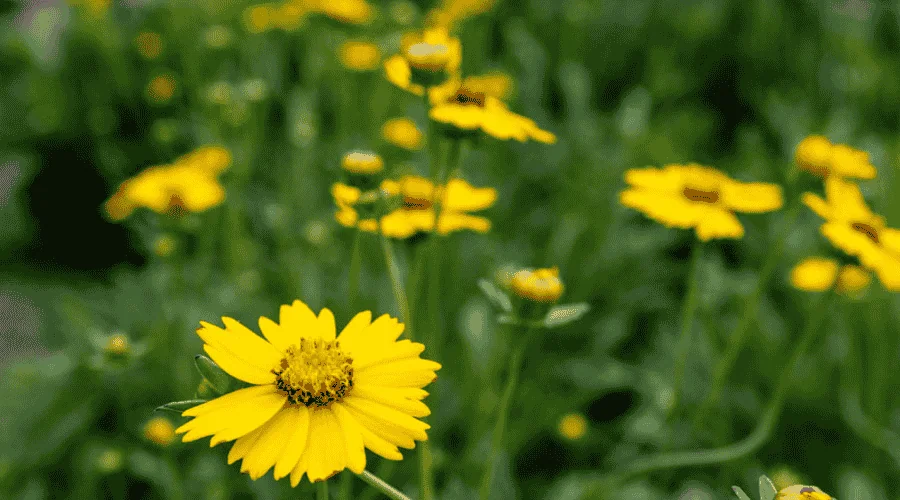
Native Wildflowers to Consider
Mixing species ensures continuous blooms and a healthy ecosystem. Some Florida-friendly options include:
- Coreopsis (Tickseed) – Florida’s state wildflower; easy and long-blooming.
- Gaillardia (Blanketflower) – Drought-tolerant and butterfly-attracting.
- Rudbeckia hirta (Black-eyed Susan) – Bright yellow blooms for pollinators.
- Asclepias spp. (Milkweed) – Essential for monarch butterflies.
- Salvia coccinea (Scarlet Sage) – Hummingbird favorite.
- Chamaecrista fasciculata (Partridge Pea) – Supports native bees and butterflies.
For a more tailored mix, the Florida Wildflower Foundation, FANN ( Florida Association of Native Nurseries), and UF/IFAS Extension have region-specific seed lists and suppliers.
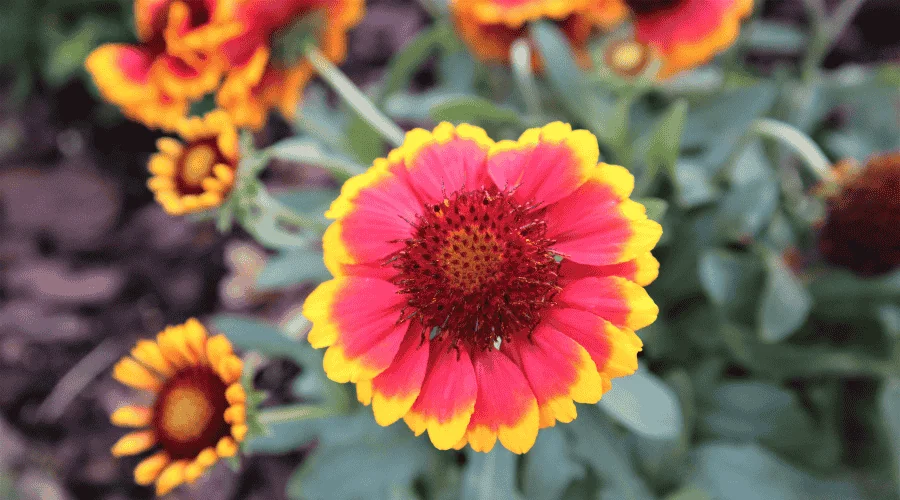
Planting Tips for Success
- Prepare the ground: Remove turfgrass or weeds, lightly till or rake the soil, and water thoroughly.
- Sow in fall or early spring: In Central Florida, planting in October–November allows seeds to establish with winter rains.
- Mix seeds with sand: This helps you broadcast them evenly. Lightly rake to cover.
- Water lightly until germination: After seedlings establish, reduce irrigation; many natives thrive on rainfall alone.
- Allow natural cycles: Resist frequent mowing—cut back once a year in late winter to encourage reseeding.
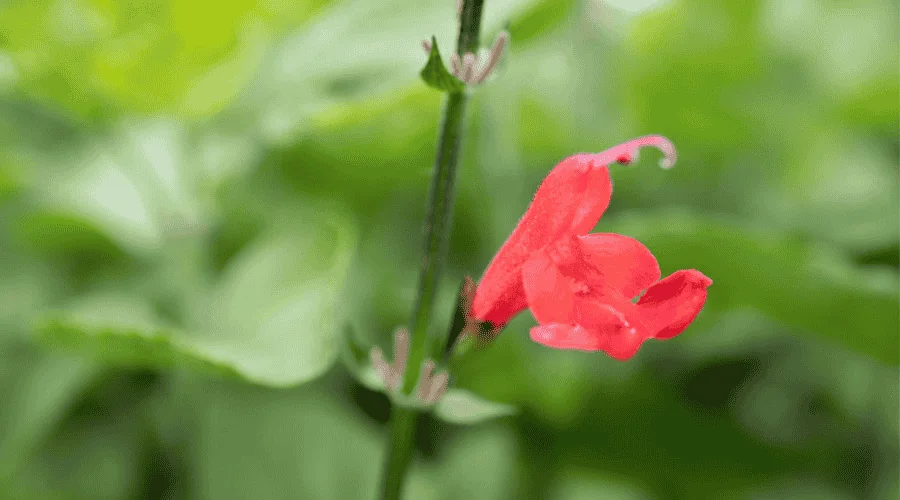
DIY Wildflower Seed Mix “Recipe” Gift
Looking for a unique, eco-friendly gift for a neighbor, teacher, or fellow gardener? Assemble a Florida-friendly wildflower seed mix in a mason jar or small paper envelope, complete with planting instructions. Here’s a simple starter recipe that works well in Brevard County’s conditions:
Ingredients (covers about 100 sq ft):
- 1 tablespoon Coreopsis (Tickseed) seeds
- 1 tablespoon Gaillardia (Blanketflower) seeds
- 1 tablespoon Black-eyed Susan (Rudbeckia hirta) seeds
- 1 tablespoon Scarlet Sage (Salvia coccinea) seeds
- 1 teaspoon Milkweed (Asclepias spp.) seeds
- 1 teaspoon Partridge Pea (Chamaecrista fasciculata) seeds
- 1 cup clean, dry sand (acts as a filler for even spreading)
Instructions:
- In a clean bowl, combine all seeds with sand. Mix gently to distribute seeds evenly.
- Pour the mixture into small glass jars, paper seed envelopes, or decorative bags.
- Label with “Florida Wildflower Meadow Mix” and attach simple planting directions:
- Broadcast over prepared soil in fall (Oct–Nov) or early spring.
- Lightly rake to cover and water until seedlings emerge.
- Allow to reseed naturally for a low-maintenance meadow.
- Optionally include a photo of the blooms or a note about the pollinators each species attracts.
For smaller gifts, halve the quantities. The sand ensures the seeds spread evenly, and the blend provides blooms across seasons for bees, butterflies, and birds.
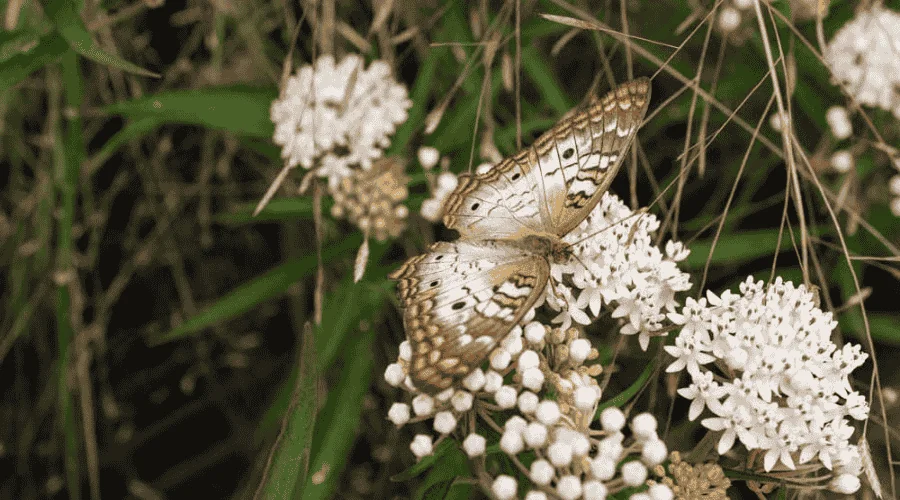
Enhancing Habitat Value
- Add structure: Incorporate clumps of native grasses like muhly grass for cover and nesting material.
- Include water: A shallow birdbath or small basin adds another layer of habitat.
- Avoid pesticides: Your meadow will attract beneficial predators—no need for sprays.
- Create edges: Plant shrubs or small trees along borders for additional shelter and food sources.
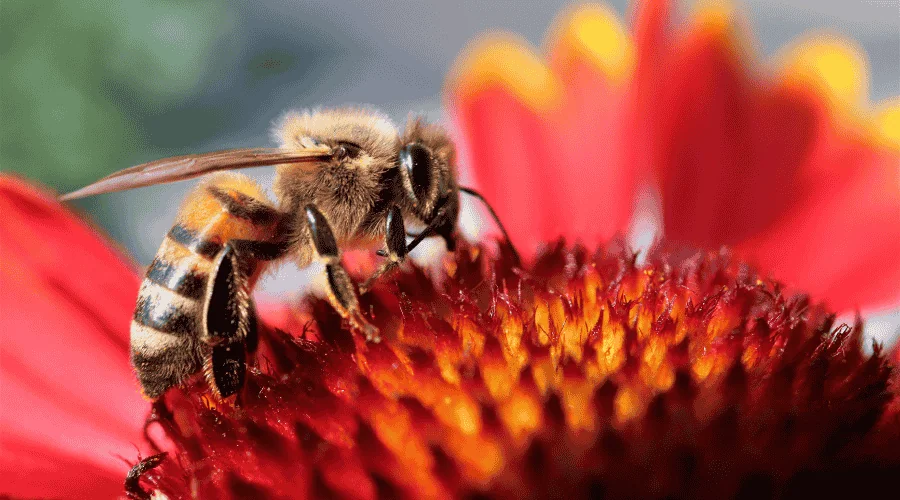
Becoming a Garden Habitat Hero
Once your meadow is established, watch for the influx of bees, butterflies, beetles, and birds. Keep notes or take photos to track what species visit—this is a fun way to involve kids or neighbors in citizen science. You can even certify your garden with organizations like the Florida Native Plant Society or the National Wildlife Federation to recognize your contribution to biodiversity.
By trading turf for wildflowers, you’re not just planting a pretty patch—you’re building a thriving ecosystem in your own backyard. With Central Florida’s long growing season and rich palette of native plants, every gardener can become a habitat hero.


